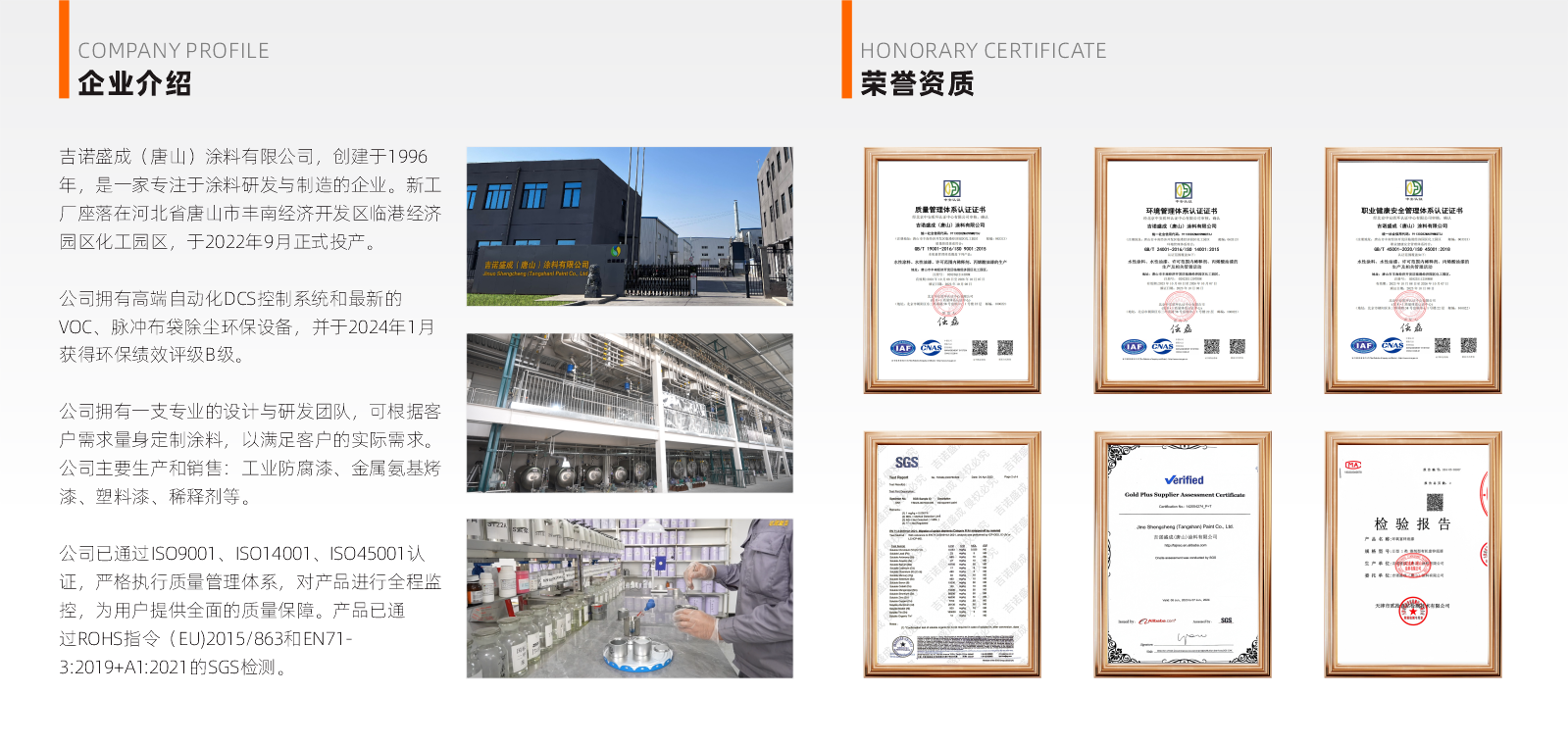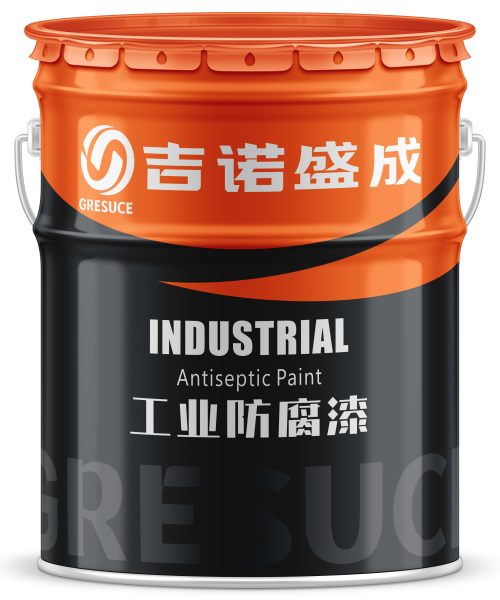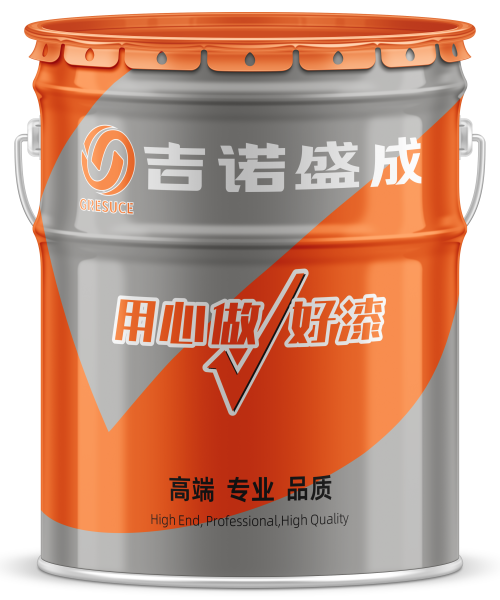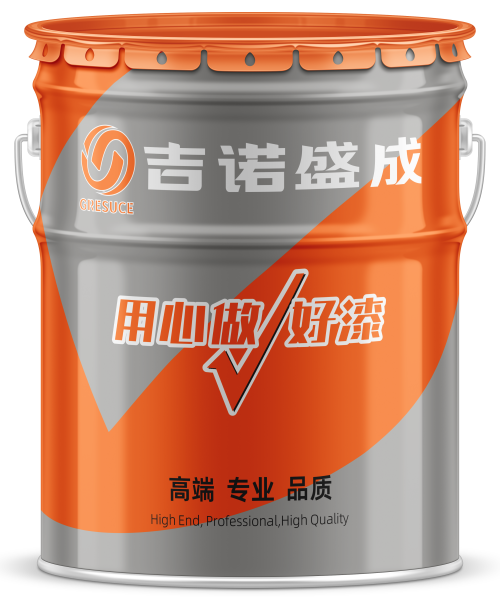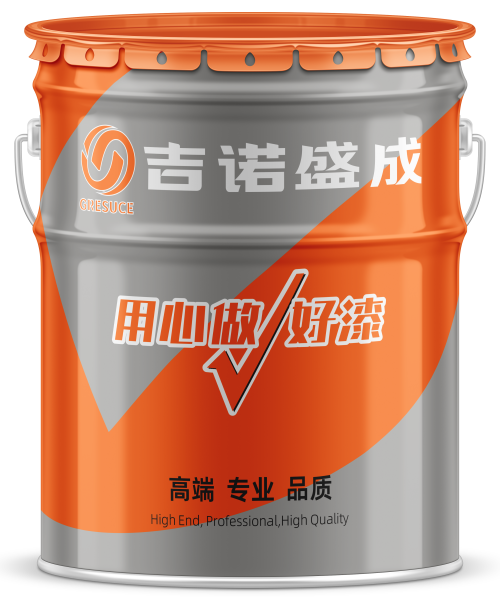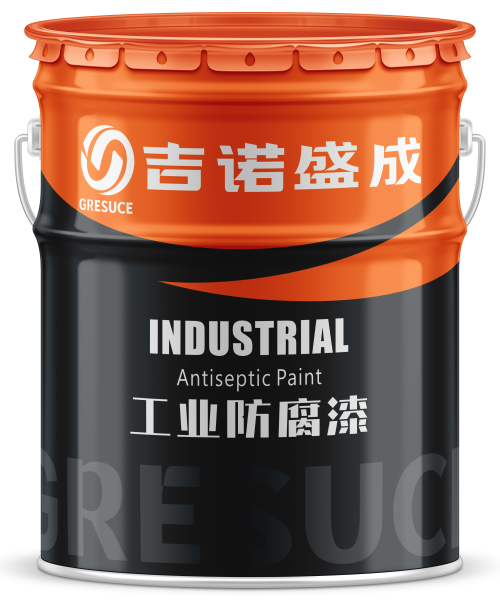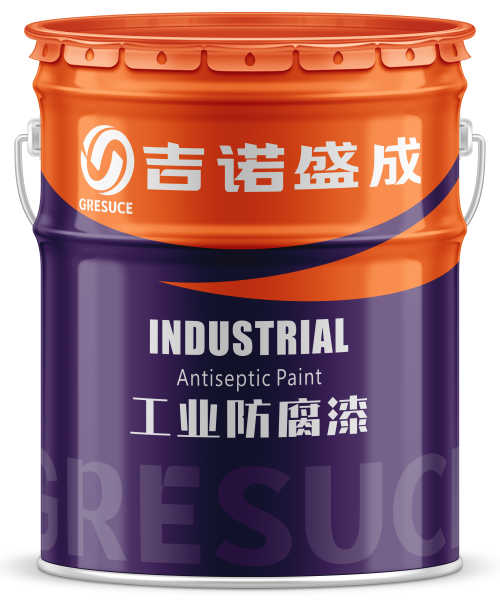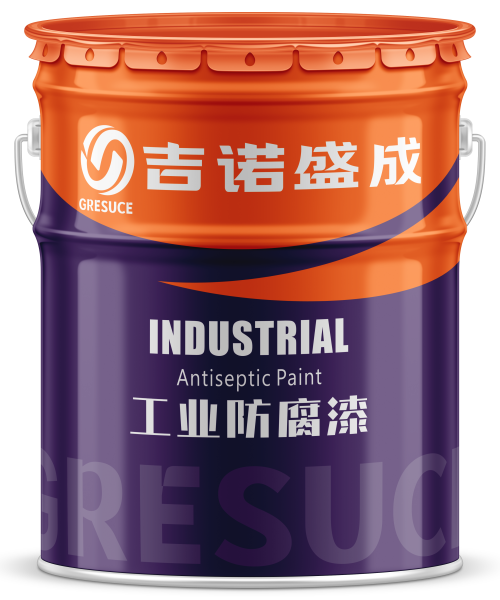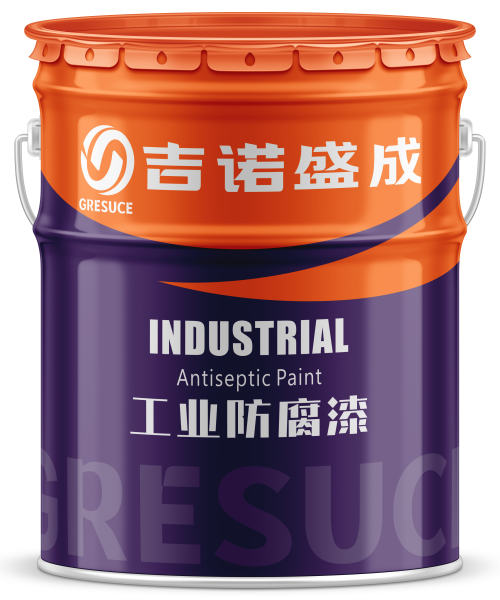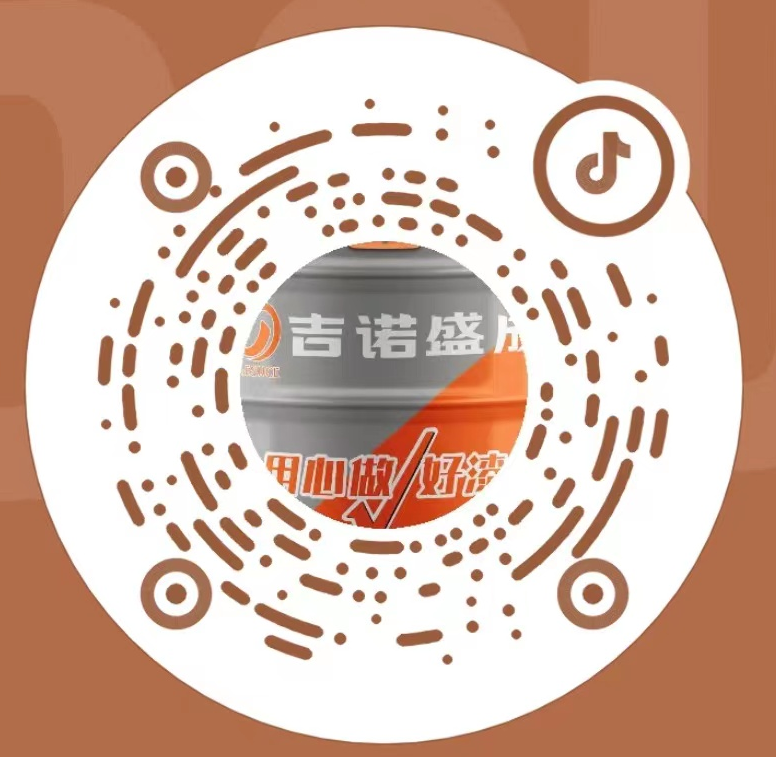Common Substrates for Anti-Corrosion Paints
Anti-corrosion paints and industrial paints play a vital role in industrial applications. Their primary function is to protect substrates from environmental erosion and extend the service life of equipment and structures. To help customers better select suitable anti-corrosion paints and industrial paint products, this article introduces some common substrates and their characteristics.
Ⅰ、Steel Structures
Characteristics:
Steel structures are one of the most common substrates for anti-corrosion paints and industrial paints. Steel is easy to process and weld, with high strength and load-bearing capacity. However, it is prone to rust and corrosion in humid environments.
Commonly Used Coatings:
- Epoxy Zinc-Rich Primer: Provides strong electrochemical cathodic protection, suitable for steel structures such as bridges, buildings, and ships.
- Inorganic Zinc-Rich Paint: Ideal for high-temperature environments, such as chemical equipment and high-temperature pipelines, offering excellent heat resistance and anti-corrosion properties.
- 聚氨酯面漆:提供优异的耐候性和装饰性,常用于钢结构的最终涂层。
Ⅱ、Aluminum
Characteristics:
Aluminum has excellent corrosion resistance and thermal conductivity, is lightweight, but has a relatively soft surface that is prone to scratches.
Commonly Used Coatings:
- Primer for Light Metals:Offers excellent adhesion, performing well on various light metal surfaces.
- Polyurethane Topcoat:Enhances weather resistance and wear resistance, often used as a topcoat for steel structures.
- Fluorocarbon Paint: Provides exceptional weather resistance and chemical corrosion resistance, suitable for building curtain walls and outdoor facilities.
Ⅲ、Stainless Steel
Characteristics:
Stainless steel inherently has high corrosion resistance and aesthetic appeal, but additional protection may be required in certain extreme environments.
Commonly Used Coatings:
- Primer for Light Metals:Primer for Light Metals: Offers excellent adhesion, performing well on various light metal surfaces.
- Epoxy Topcoat: Provides good chemical resistance and wear resistance, suitable for food processing equipment and pharmaceutical equipment.
Ⅳ、 Concrete
Characteristics:
Concrete structures are widely used in buildings and infrastructure, offering good strength and durability. However, the surface is susceptible to erosion by moisture and chemicals.
Commonly Used Coatings:
- Epoxy Sealer Primer: Seals the pores on the concrete surface, providing foundational protection.
- Polyurethane Topcoat:Offers wear resistance and UV resistance, suitable for floor coatings.
- Acrylic Paint: Provides excellent waterproofing and decorative effects, ideal for exterior walls and floors.
Ⅴ、Galvanized Surfaces
Galvanized Surfaces:
Characteristics:Galvanized surfaces have good corrosion resistance, but paint adhesion is relatively poor, requiring special treatment.
Commonly Used Coatings:
- Primer for Light Metals:Primer for Light Metals: Offers excellent adhesion, performing well on various light metal surfaces.
- Fluorocarbon Topcoat: Provides outstanding weather resistance and long-term protection, suitable for buildings and bridges.
- Cold Galvanizing Paint: Used for repairing galvanized layers, offering anti-corrosion performance comparable to hot-dip galvanizing.
When selecting anti-corrosion paints and industrial paints, it is essential to consider the characteristics of the substrate and the usage environment. For different substrates, choosing the appropriate coatings and application processes is crucial to achieving optimal protection. Whether it is steel structures, aluminum, stainless steel, concrete, or galvanized surfaces, a well-designed coating system is key to extending their service life.
